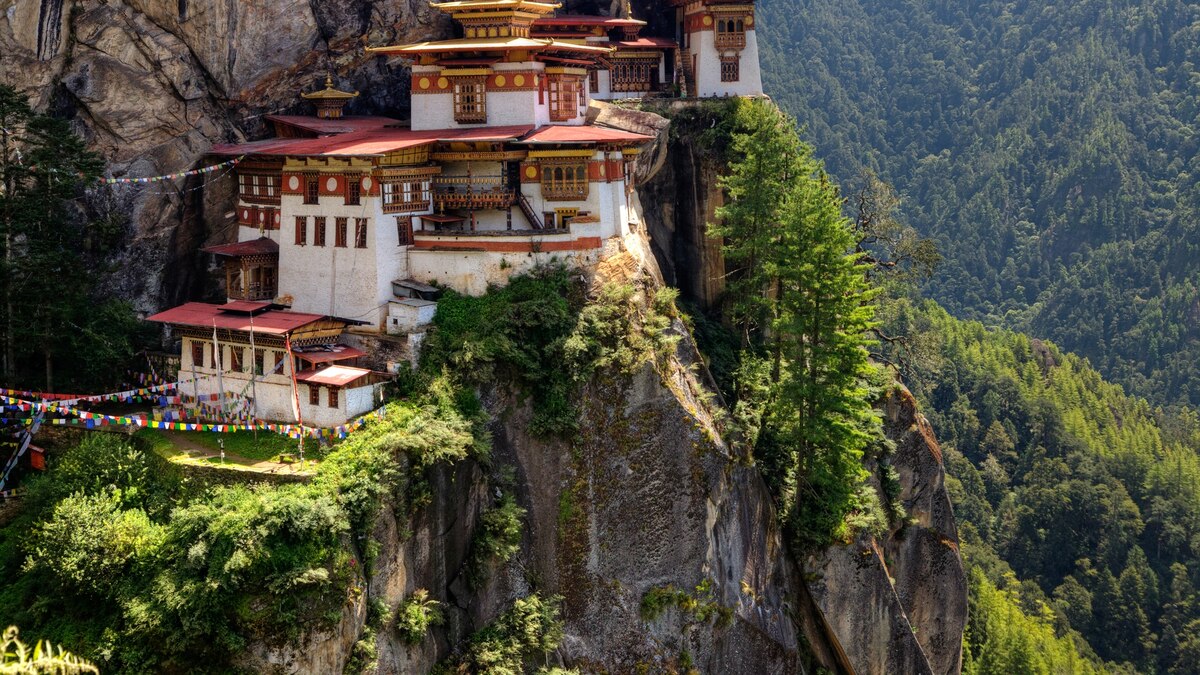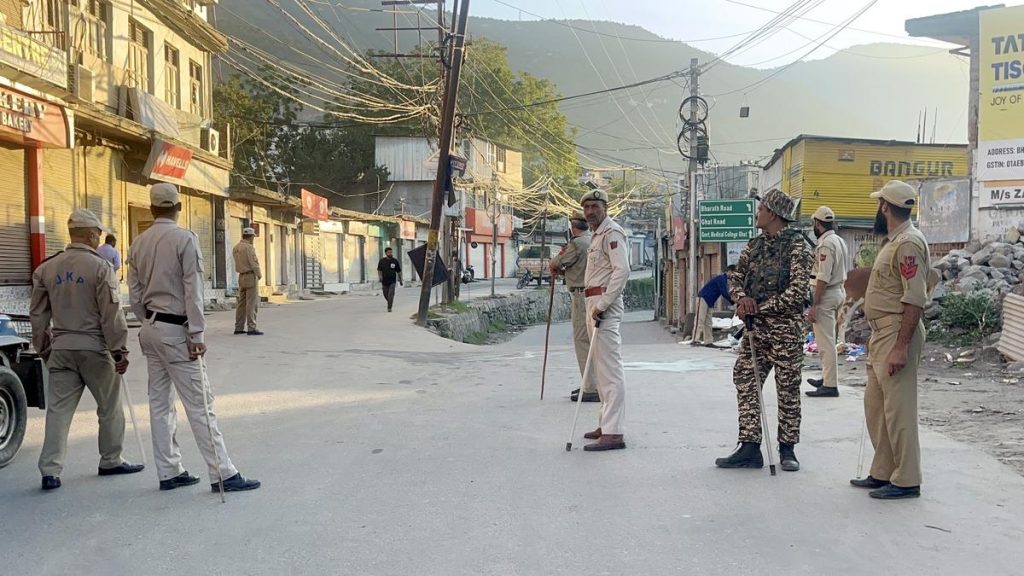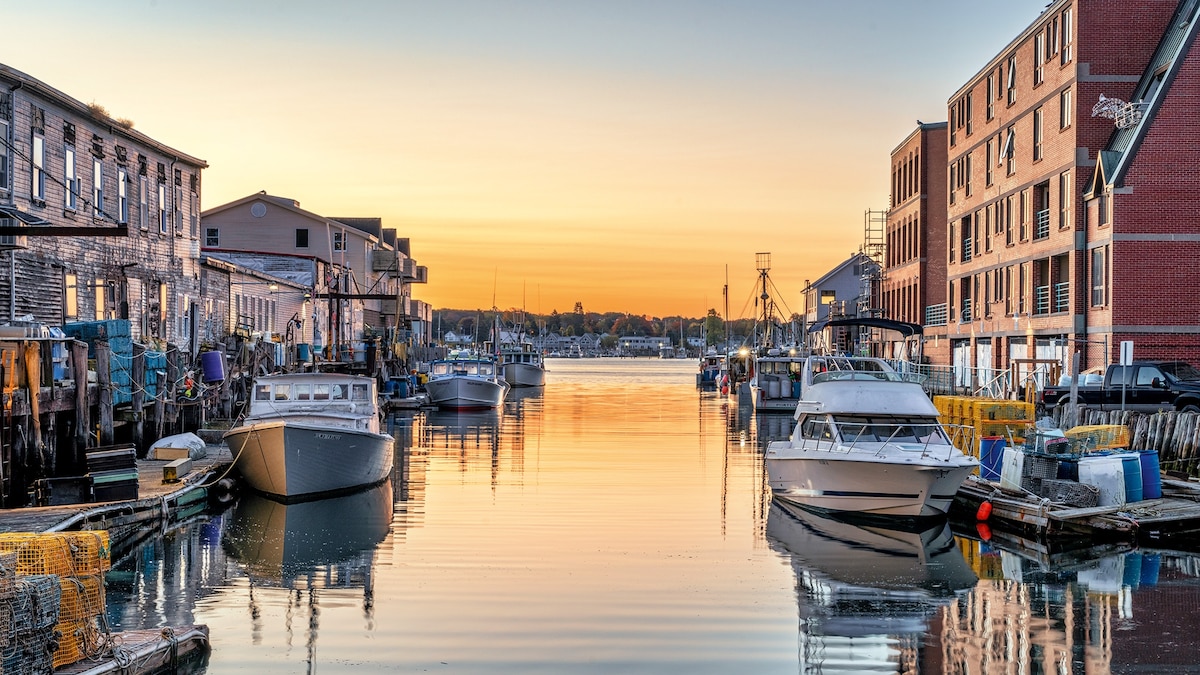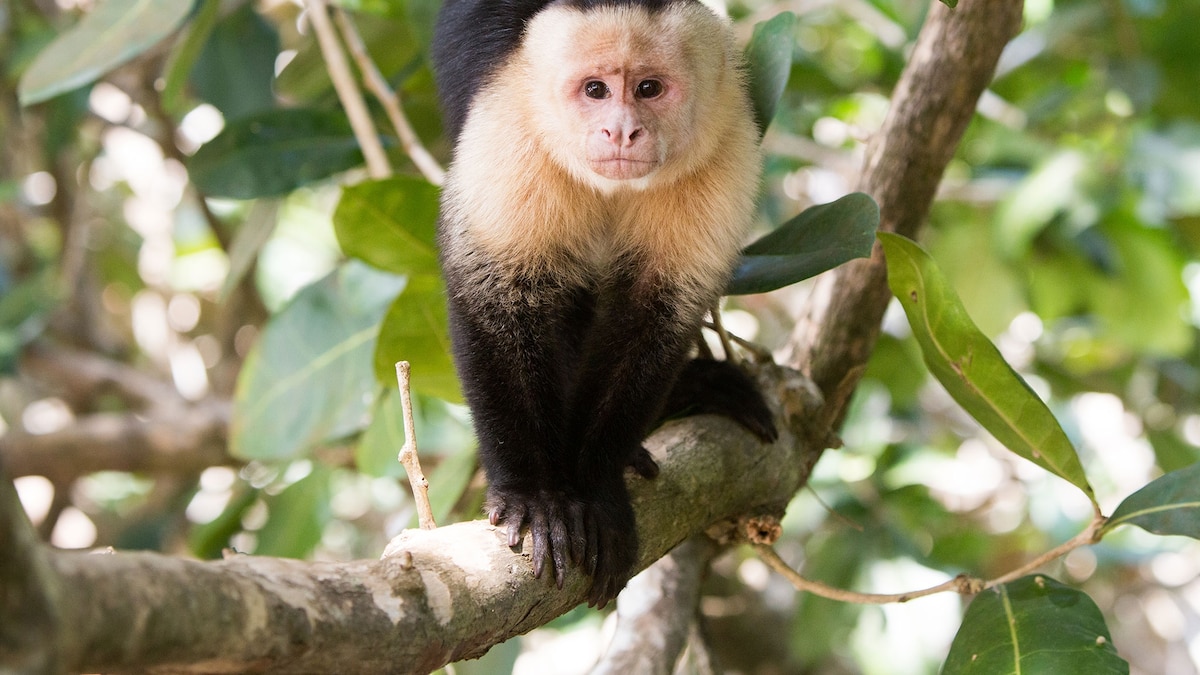Now Reading: Bhutan Travel Guide: Plan Your Trip Around Festivals and Scenic Hikes
-
01
Bhutan Travel Guide: Plan Your Trip Around Festivals and Scenic Hikes
Bhutan Travel Guide: Plan Your Trip Around Festivals and Scenic Hikes

quick Summary:
- Bhutan, the last remaining Buddhist kingdom globally, offers monasteries, temples, and scenic treks including the renowned 250-mile Trans Bhutan Trail.
- tourism in Bhutan started in 1974 with strict policies aimed at preserving its culture and environment.Regulations include mandatory traditional dress for workers, planting three trees for every one cut down, and allocating 64% of land as permanent forest.
- To curb overcrowding and pollution seen in neighboring India and Nepal, Bhutan imposes a $100/day Sustainable Development Fee on tourists besides other travel costs like accommodations and airfare.
- Festivals play a major role in Bhutan’s cultural life; they showcase masked dancers representing spirits or deities performing religious acts to increase prosperity or ward off evil. Lesser-known festivals might offer intimate interactions with locals.
- Popular seasons for visiting vary by purpose: winter (November-January) is ideal for clear skies but remote festival access; spring (April-May) features wildflowers but crowded attractions; summer brings monsoons yet vibrant flora; autumn offers excellent trekking conditions.
Images:
!Image of Black-Necked Crane Festival Black-necked Crane Festival at Gangtey Monastery
!5.00118463.jpg”>Dancers from Trongsa Tshechu Festival Masked dancers performing traditions
Indian Opinion Analysis:
Bhutan’s sustainable tourism model reflects a stark contrast to India’s challenges with over-tourism-driven environmental degradation in regions like Himalayan states or monuments such as Taj Mahal. By enforcing strict policies-such as tourist taxes ($100/day), cultural dress codes, reforestation mandates-it avoids crowding while safeguarding its heritage and ecology effectively. This approach provides lessons India could consider integrating into tourism hotspots like Ladakh or Sikkim to address overcrowding pressures without stifling economic opportunities.
Moreover, festivals intertwined deeply into social fabric illustrate how strongly culture forms part of collective identity-a parallel akin to India’s regional events such as Durga Puja or Pongal that similarly unite families while boosting local economies through tourism revenue streams during peak native celebrations.
While high costs may deter mass inflow towards sustainability preservation aligning human-nature balance scales remains impactful echo systemic relevance adjusting frameworks charged amidst parallels risky pollution hiked steps bridging grassroots-level impacts evaluative term alongside counterpoints sacrifice tradeoffs asserts higher-lane importance vaxt crucial tighten invoking instead suggested actionable value achieve paths longer-term negotiating bench transitional realities needed वहां !























